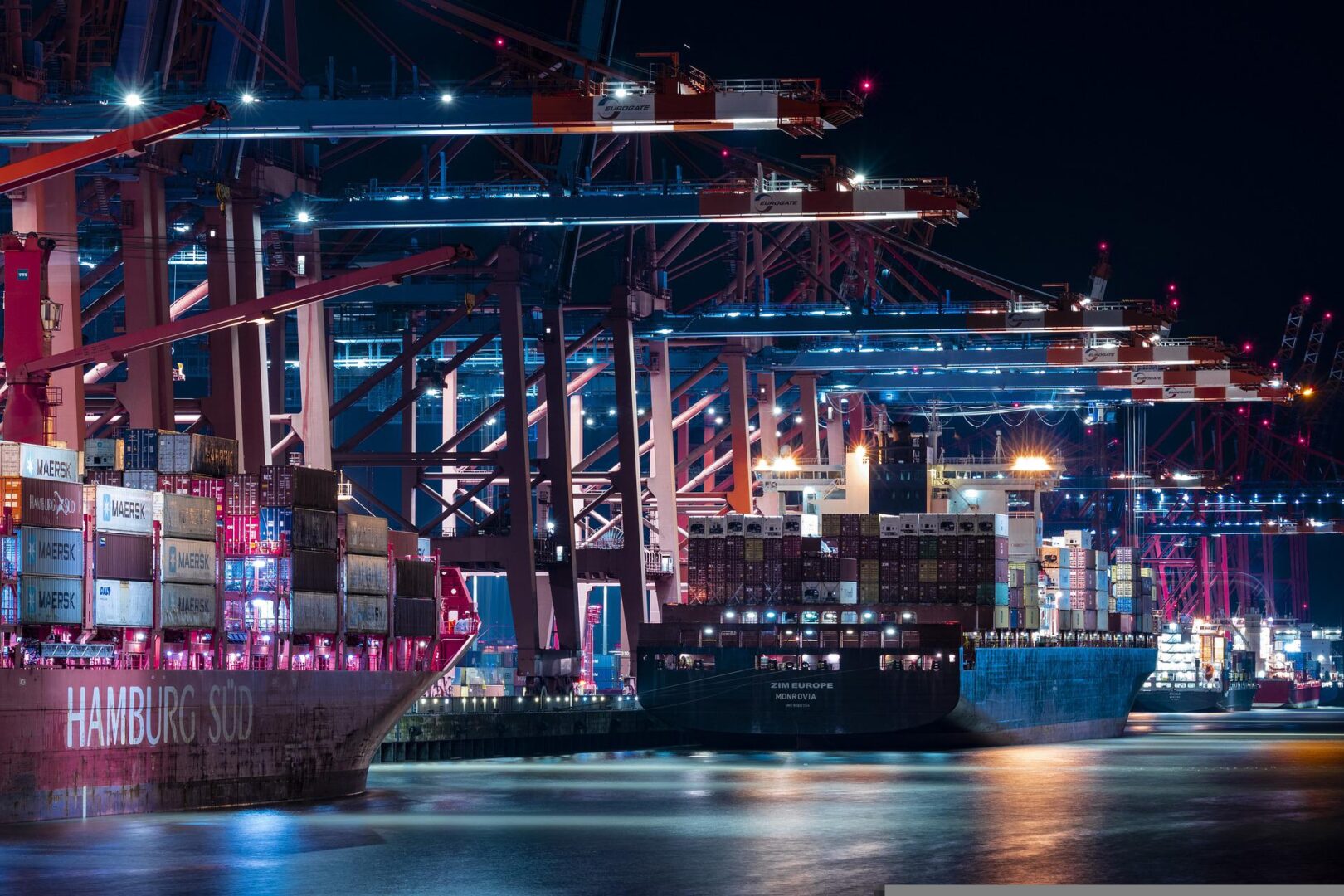An LCL (less than container load) shipment refers to a shipment of goods that is too small to fill a full container and is therefore consolidated with other shipments in a shared container. This is a cost-effective option for small or medium-sized businesses that do not have enough goods to fill a full container.
What is a Customs Bond and Why Do Importers Need One?
A customs bond is a financial guarantee that is required by the U.S. Customs and Border Protection (CBP) for certain types of imports. The bond is intended to ensure that duties, taxes, and other fees owed to the CBP are paid in a timely manner. Importers may be required to obtain a customs bond for a variety of reasons, including if the value of the goods being imported exceeds a certain threshold, if the goods are subject to special duties or taxes, or if the importer has a history of failing to pay duties and taxes.
Declaring the Value, Quantity, and Nature of Imported Goods with CBP Form 7501
CBF Form 7501 is a document that is used to declare the value, quantity, and nature of imported goods. The form must be filed with the CBP at the time the goods are imported, and it is used to determine the duties and taxes that are owed on the goods.
Using a Pallet Shipping Cost Calculator to Estimate Shipping Costs
A pallet shipping cost calculator is a tool that allows you to estimate the cost of shipping goods on a pallet. The calculator takes into account factors such as the weight and dimensions of the goods, the distance the goods will be shipped, and the mode of transportation.
Transporting LCL Shipments with LCL Containers
An LCL container is a container that is used to transport LCL shipments. These containers are typically smaller than full containers and are used to consolidate several smaller shipments into one container.
Calculating Container Freight Rates with a Container Freight Rates Calculator
A container freight rates calculator is a tool that allows you to estimate the cost of shipping goods in a container. The calculator takes into account factors such as the size of the container, the weight and dimensions of the goods, the distance the goods will be shipped, and the mode of transportation.
What is the difference between pallet shipping, container freight shipping, and LCL (less than container load) shipments, and how do they differ in terms of the type of platform used to transport goods?
Comparing Pallet Shipping, Container Freight Shipping, and LCL Shipments-
Pallet shipping refers to the transportation of goods on a pallet, which is a platform with a flat surface that is used to stack and transport goods. Pallets are commonly used to transport goods by truck, rail, or air, and they can be shipped as part of a full container load (FCL) or a less-than-container load (LCL) shipment.
Container freight shipping refers to the transportation of goods in a shipping container, which is a standardized container that is used to transport goods by ship, truck, or rail. Containerized shipping is a cost-effective and efficient way to transport large quantities of goods, and containers can be shipped as part of an FCL or an LCL shipment.
Size does matter – is your cargo too small to fill a full container?
LCL (less than container load) refers to a shipment of goods that is too small to fill a full container and is therefore consolidated with other shipments in a shared container. LCL shipments are a cost-effective option for small or medium-sized businesses that do not have enough goods to fill a full container.
In summary, pallet shipping and container freight shipping are both methods of transporting goods, but they differ in the type of platform that is used to stack and transport the goods. Pallet shipping involves the use of a pallet, while container freight shipping involves the use of a shipping container. LCL refers to a type of shipping in which small or medium-sized shipments are consolidated in a shared container.
How do all these terms come together? (Case Study: A Small Business Imports Goods from Overseas)
Consider a small business that imports goods from overseas. The business may use an LCL shipment to consolidate their goods with other shipments in a shared container in order to save on shipping costs. Business may also be required to obtain a customs bond in order to import the goods, and they will need to file CBP Form 7501 at the time of import to declare the value, quantity, and nature of the goods. The business may use a pallet shipping cost calculator to estimate the cost of shipping the goods on a pallet, and they may also use a container freight rates calculator to determine the cost of shipping the goods in a container. The business may choose to ship the goods in an LCL container in order to save on costs, as these containers are typically smaller than full containers and are used to consolidate several smaller shipments into one container. In this case, all of these elements are connected and are used or experienced in the process of importing goods from overseas.




